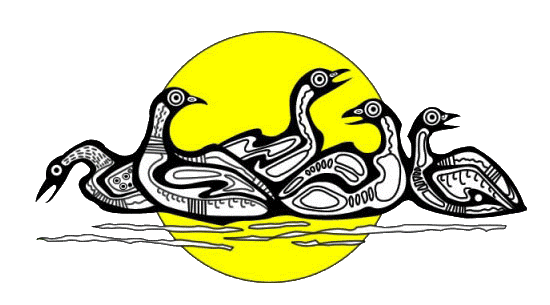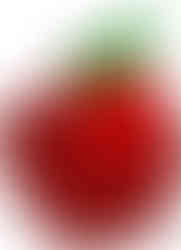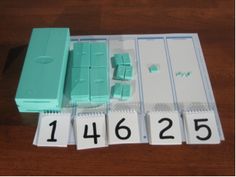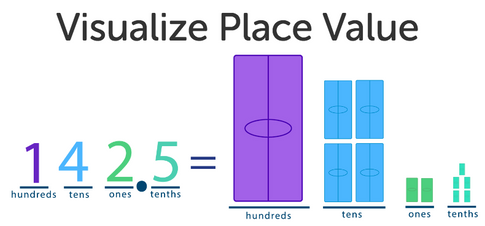Think of a fruit...
- Bronwyn
- Apr 29, 2016
- 3 min read

Whether or not it was an apple, banana, kiwi, watermelon or whatever…. How did you think about it?
When asked to think of an apple, most people will picture a physical apple (maybe red, maybe green, but real). Some will think of something different, but most will picture a physical object.
We have a strong connection with things we can touch, pick up and move around. This is why using manipulatives and hands-on activities in the classroom is so power for our students. However we don’t always structure our lesson to maximize their potential.
A joy (and horror) of currently being a math coach is that I get to learn about new ideas and realize all the terrible things I used to do in my classroom. I am not saying I was a bad classroom teacher. But now I can recognize how my expectations were often high in the wrong ways and how I didn’t give my students time to develop their thinking or to use the tools they needed. As teachers, we skip steps (at least I did). Even when I thought I was showing all the steps or breaking the process down really well. I almost always jumped too quickly (if not immediately) to the abstract level of understanding. Sure I would do a demonstration with manipulatives and draw a picture sometimes. And if I could come up with a well structured activity (that could control the madness that happens when you bring a bin of toys, oh wait math manipulatives, into the room - FYI I taught 14-16 year olds mostly), then I would let my students actually touch and use the manipulatives.
But more often than not, I spent way too much time in the abstract land of mathematics. So what should I have been doing (and maybe you want to try it too)? I should have been using the instructional approach “Concrete - Representational - Abstract”.

Concrete - this is the doing stage. Students need their hands physically on the manipulatives, exploring and discovering connections and patterns.
Representational - this is the seeing stage and also can be referred to as “Pictorial”. This is semi-concrete with students drawing visual representations using circles, dots, tally marks, area models, etc.
Abstract - this is the symbolic stage. Students now use numbers, notation, mathematical symbols to represent their information.
At each stage, students must explore their ideas about the math concept (teachers don’t just tell students how to use the manipulatives, or what a visual representation might look like, or how to record their findings with numbers and notation). Then the teacher must discuss using student ideas the skills needed at each stage. What tools do they have? What else do they need? Then model how that can look. Finally, at each stage ample opportunities should be provided for practice and to develop mastery of the math concept.
Now that we have decided to use manipulatives more effectively in our classrooms, my new favourite math manipulative is Digi-Block. Our students struggle with place value (often decimals don’t even get tackled), and the obstacles continue with the 4 operations. I’m not saying Digi-Block is going to solve all your problems but they are super cool.

Digi-Block embodies the true structure of our number system: ten blocks of the same size pack together to form a new block that is ten times larger.
Regrouping happens intuitively as students pack and unpack the blocks. Decimals are accessible because the smallest piece has not been defined as the “ones”. Just ask your students, what would you expect to happen if I could open up one of the green ones? Hopefully (after enough practice with the manipulative) you should hear a chorus of “there are ten smaller pieces inside!” And while you can’t actually open the green ones piece, there are tenths (that are actually one tenth of the size of a one) and then hundredths (which are one hundredth of the size of a one).
Look we can connect the concrete to the representational to the abstract - so powerful!
Here are some videos to see the tool in action. (I could only find promo videos with good sound, so please don’t mind the cheesy music and general lack of students).
The possibilities are endless as to how we can develop strong foundational understanding of how our place value system works, and what is happening as we explore arithmetic strategies eventually leading to the standard algorithm.
Side note: my birthday is coming up if anyone is looking for ideas















Comments